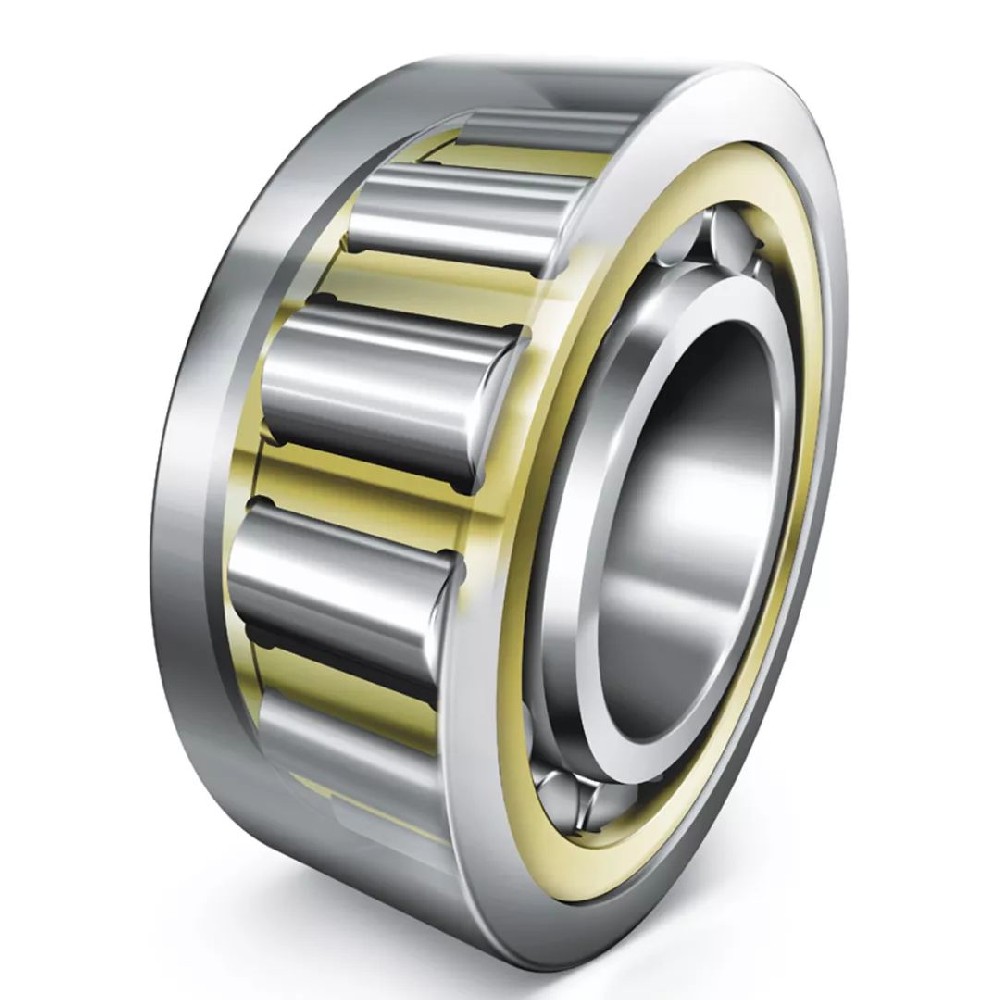The limiting speed of the bearing refers to the speed limit value at which frictional heat will not cause burns and the bearing can rotate continuously. Therefore, the bearing's limiting speed depends on various factors such as the bearing's structural type, size and accuracy, lubrication method, lubricant quality and quantity, cage material and type, and load conditions. The limit speeds of bearings of each manufacturer are marked on each manufacturer's product catalog. The actual speed of use of the product should be selected based on these conditions. Generally speaking, the higher the tolerance level of the product, the higher the speed of use of the product will be. Marks such as Z1, Z2 and Z3 are not marks of the tolerance level of the product, but are marks of the vibration performance of the product. For example, in the JB/T 7047-2006 "Technical Conditions for Vibration (Acceleration) of Rolling Bearing Deep Groove Ball Bearings" standard, the vibration acceleration level limits of deep groove ball bearings are divided into 5 groups, Z, Z1, Z2, Z3, and Z4. From low to high. The better the vibration performance of the bearing, that is, the higher the vibration level, the better the rotation speed of the bearing will be.
In short, the speed of the bearing in actual use must be reasonably selected based on the various properties of the bearing and the various conditions of use.


